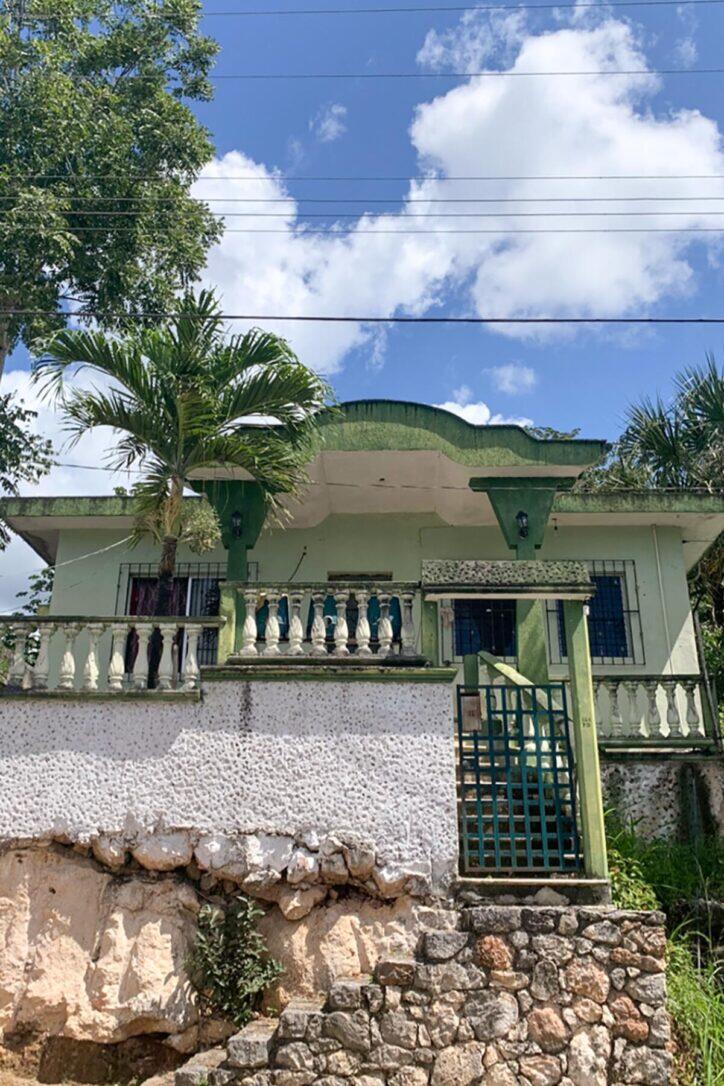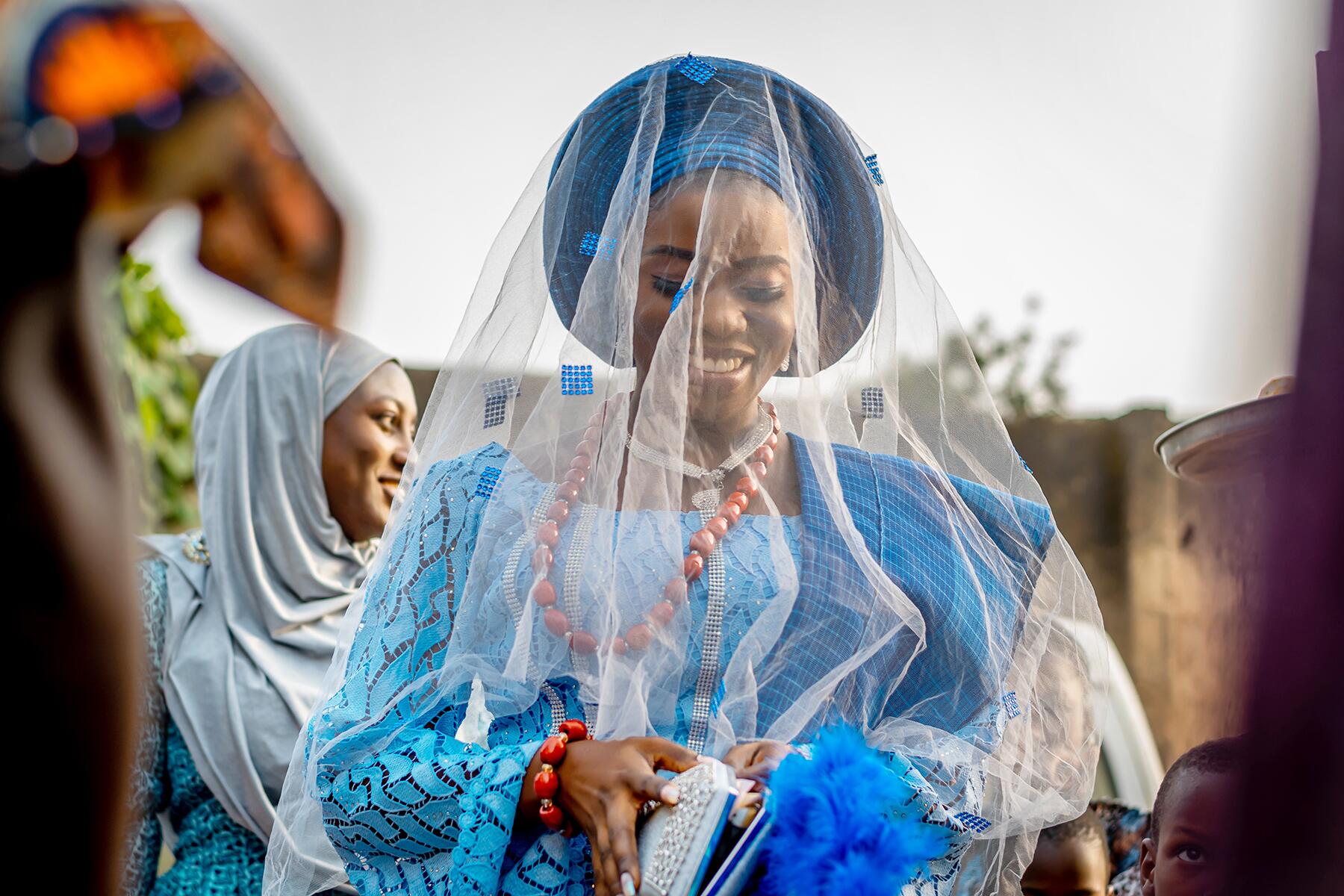Staying in the small Maya town of Felipe Carrillo Puerto, I gained a new perspective of what it means to navigate a pandemic.
Often bypassed by tourists who prefer the more popular areas of Cancun, Tulum, and Playa del Carmen, the stories of Mexico’s hidden Maya towns are often left untold. Felipe Carrillo Puerto is now the center of an extensive network of Maya Towns and was once the setting of the Caste War, a pivotal event where the Maya population rebelled against the Spanish Yucatecos and their descendants. As a Canadian Black woman of Nigerian descent, I gained a new perspective on how this town survived one of the deadliest pandemics.
My introduction to Maya culture began with my work at Na’atik Language and Culture Institute, a language school located in Felipe Carrillo Puerto, Quintana Roo. The school provides Spanish and Maya immersion experiences for foreigners with an impact initiative for Indigenous Maya children. Maya children can study English, visit the library, participate in extracurriculars, and gain self-esteem through the school.

Catherine Gray, a U.S.-born local, and her husband, Pedro Esquivel Puc, a Maya-born local, founded the school because of the lack of programs afforded to Indigenous children. As the school gained popularity, it expanded to include the language immersion program (Study Abroad Yucatan, or SAY) and the Maya Youth scholarship program.
Recommended Fodor’s Video
The school enjoyed success until the COVID-19 pandemic hit in 2020, and things started to fall apart. In-person classes were canceled, foreigners returned home, and Na’atik found itself understaffed and with programs instantly cut. The school pivoted to online classes with no government assistance to avoid completely shutting down.
As vaccinations rolled in and panic started to die down, Catherine invited me to the school to experience the area. I packed my bags along with my rusty A2 Spanish and double vaccination status. I would live amongst the Maya over the next two months, and Felipe Carrillo Puerto—affectionately called “Carrillo” would become my home.
Life in Felipe Carrillo Puerto
After a four-hour bus ride from Cancun, I arrived at a side of Mexico not seen on the holiday packages. Short and colorful stone houses looked like mosaics from afar, surrounded by lush greenery and ceiba trees. I stayed at one of the most remarkable compounds I have visited. It was owned by an elderly couple, a legendary fisherman named Armando, and his firecracker partner Sonja Lillvik, author of The Painted Fish and Other Mayan Feasts. The compound had avocado trees, a pool, and a giant red boat called Papá Cuzan.
On my first night in Carrillo, the power went out, and my privileged, internet-addicted self freaked out. Catherine would later reassure me that it didn’t happen too often and when she had first arrived at Carrillo in her twenties, the lack of infrastructure would get her down. The relationships she built helped her through those literal dark moments. Soon enough, I would come to appreciate the power outages. When the lights went out, I could take a break from staring at my laptop and lay by the pool to talk to Armando. I would tell him how cold Canada was right now, and he would tell me about his glory days in Punta Allen, the tiny fishing village in the Sian Ka’an Bioreserve. Sometimes I would chat with Sonja, who had lived many interesting lives before her current one.
I insisted on walking everywhere, so things were rough my first few days. The street dogs weren’t used to me and would often chase but never bite me. Catherine laughed that the dogs didn’t think I smelled like Carrillo yet. The street dogs weren’t the only ones I entertained. Unlike Tulum and other Maya cities in the area, Carrillo wasn’t used to Black residents, so I couldn’t go anywhere without attracting some form of attention. Children would smile, point, and look back when they passed me. Women would shyly smile while the men would comment, “Morena, I like your color!”
Maya men would use this term often when they wanted my attention, and it took a while for me to stop turning back to see if they were talking to someone else. The correct term had historically been Negra. Morena traditionally refers to brunette mestizas, mixed-race women of European and Indigenous descent, not Black women.
“They are trying to be complementary; morena is considered a nicer term than Negra,” I was later told by Natalia, a Mexican woman I had met in Tulum. The only time I was directly called Negra was by Catherine’s young nephew, who kept innocently asking, “Why is her skin Black?” Kids always tell the truth.

My Experience as the Only Black Woman in Town
I wasn’t the first Black person ever in Carrillo or even the first Nigerian. Catherine spoke fondly of her friend Wisdom, a Nigerian musician who had lived in Carrillo several years ago. Wisdom marveled how he felt at home because of how much Carrillo, its natural environment, the food, the roots people had, and overall feel reminded him of his childhood village, Akwukwu.
I was also starting to feel at home because eventually, the locals got used to seeing me at the same places. Whether collecting my laundry, getting fruit at various fruterias, or hanging out at the Parque Central, I was always greeted with a smile. I was never met with disdain for my limited Spanish. I eventually met one fluent English speaker, a cab driver who had lived in the States for some time before he was deported. He can laugh at the whole ordeal now.
While I wasn’t wholly comfortable feeling like I was being watched, I felt like the community looked out for me. Everyone knew who I was and why I was there before I knew who they were. One time, a strange man followed me into a restaurant, lying to the workers that I was his English teacher and that we were together. The restaurant managers were not convinced, and after confirming with me, they shooed the man away and promptly called me a cab.

How One Maya Community Survived the Pandemic
Carrillo felt like a ghost town at times since many COVID-shy locals opted to stay at home. There were also limitations to the festivals performed because of COVID. Luckily, I was there to witness Dia de Muertos (Day of The Dead) and Janal Pixan, a tradition where locals welcome the souls of those who passed away for a month-long stay in their homes. Death and loss had plagued the area more than usual.
I would eventually learn about the stories of families that continue to fight against the pandemic. Margarita Puc Poot, mother of two Na’atik scholarship students—Linyu and Karen—had her own story to share. “The news told us [the virus] was mortal, so we went into panic mode and closed ourselves into our homes,” she told me. “We only went out for absolute necessities. My husband worked in a factory that exported chilies and cucumbers at the time. The borders closed, and the factory closed, so many people lost their jobs. What were we going to do? We had to look for anything we could do to bring in money. It was very hard, and we’re still scared about getting sick.”
Marisol, a single mom from the Maya community called Chun Uas, had such a hard time with the shutdowns that she returned to her community for a few months. Her son is also a scholarship student at Na’atik. “The pandemic affected me a lot in my business because I had my salon, and haircuts are not something necessary, so people didn’t come. I remember the first months when everyone shut themselves into their homes. No one was outside; it was strange even to see a car pass,” remembers Marisol. “The only reason they went out was for food. So, I had no work for a year and a half. I had to stop renting my salon space because the rent was high, and I couldn’t pay it. I’m a single mother, and it affected me a lot. On top of the rent for my salon, I had to pay rent for the room where we lived. It was a double expense. I had to find another place to live where I could also work. I had no income.”
Using Food to Get Through the Pandemic
Cooking and selling food is one way many of the Maya people have gotten through the pandemic. Families would sell any food imaginable. Carrillo has a marketplace on Facebook with many food listings, including arroz con leche, nachos, and lasagna. Margarita sells food to make ends meet, and one student’s father started selling cinnamon buns after being laid off from his hotel job. I was obsessed with the Maya dishes poc chuc and bean empanadas and would participate in this marketplace time and time again.
Although I have since left Mexico, I continue to keep up with its citizens and the students at Na’atik. Their strength and resolve have been nothing short of inspiring. My heart fills with gratitude for these kind-hearted people who let me into their world with a tenderness I’ve never felt in all my years of traveling. If you would like to learn more about Na’atik Language and Culture Institute and lend your support to the wider community, visit here.




